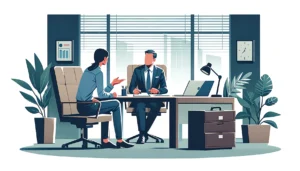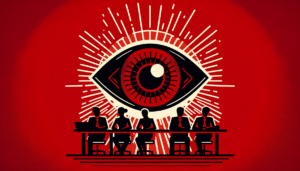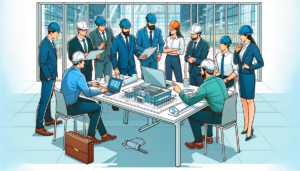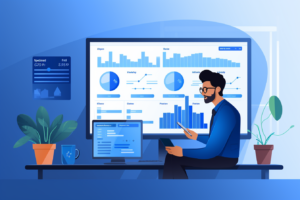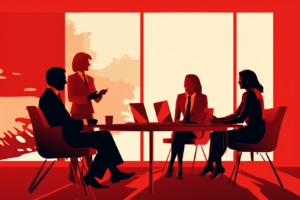Change management and the business-driven HR model: What can we learn from HRBP history?
- 5 Min Read
Blumberg and Millner consider change management for implementing the business-driven HR model, including where organizations have historically failed with HRBPs
- Author: Max Blumberg and Dave Millner
- Date published: Aug 31, 2023
- Categories
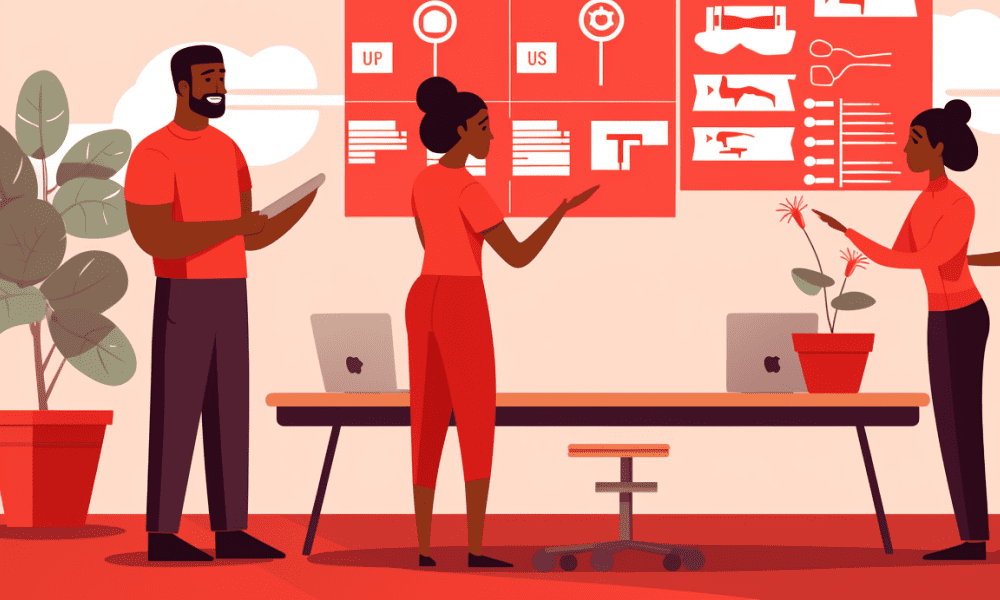
Max Blumberg and Dave Millner have previously highlighted middle managers as potential sources of sabotage for successfully implementing the business-driven HR model. But traditional change management and the history of HRBPs teach us that further steps are required to ensure that business-driven HR fulfills its potential.
Blumberg and Millner pick up their analysis of business-driven HR implementation by considering:
- What a traditional change management practices such as ‘communicate the vision’ apply to the business-driven HR model
- How HR leaders can assess organizational readiness for this transformation
- What implications this may have for skills capability development and job design
1) What steps can HR leaders take to encourage a mindset change in HR and leadership, especially whilst overcoming resistance to change?
Max Blumberg: As HR leaders embark on implementing a business-driven HR model, the process begins to resemble other transformational efforts. The initial steps are rooted in strategic planning: defining where we want to go, understanding where we are now, and crafting a strategic plan to bridge the gap.
Determining the current position can be surprisingly complex. It’s not just about assessing workforce and strategic capabilities; it’s also about gauging the attitudes and readiness of our people for change.
In my experience, the first step I prioritize is evaluating the organization’s readiness for transformation. Let’s consider a well-known organization we worked with contemplating relocating some of its teams from London to a more rural part of the country. We assessed the employees’ willingness to move and discovered that 75% opposed the idea. Recognizing this resistance, the organization took proactive measures to enhance readiness. They offered incentives for relocation, assisted with finding schools for employees’ children, and provided support throughout the transition. When we reassessed, the opposition had dwindled to just 15%.
This example underscores the importance of strategic planning, empathy, and understanding of the human element. By addressing concerns and providing support, HR leaders can foster a mindset change and overcome resistance, paving the way for successful transformation.
2) How can organizations assess their organization’s readiness for the business-driven HR model?
Max Blumberg: Assessing an organization’s readiness for the business-driven HR model is a nuanced task. It’s essential to recognize that achieving a unanimous agreement is unlikely, and that’s okay. The goal is to reach a critical mass of support, particularly in knowledge-driven organizations.
To gauge readiness, leaders should engage with their teams and ask three pivotal questions:
- Do you believe your team can transition from a traditional HR or data-oriented HR model to a business-driven one?
- Do you have confidence that the organization as a whole can successfully make this transformation?
- What’s in it for you to make this change?
These questions probe the perceived ability to change and the individual incentives that might drive that change. If the answers to these questions are not positively aligned with the transformation, it may be wise to pause and reassess. Proceeding without positive responses could lead to a challenging and potentially unsuccessful transformation.
By taking the time to understand the perspectives and motivations of those involved, leaders can build a foundation of support that is essential for a smooth transition to a business-driven HR model.
3) How should HR communicate the benefits of a change toward the business-driven HR model?
Dave Millner: Readiness is driven by communication of the benefits of the change. Leading by example is critical for any HR leadership team. Make sure you’ve engaged with stakeholders at a very early stage. Work with them, find out their objectives, and how this model can fit with that. Answer the question, what’s in it for me?
That could include learning and training to focus on data literacy or collaboration because HR can be siloed at times. It might not be the HR function they thought they had joined, but data and technology are key to enabling us to provide the type of value that our businesses seek. Emphasize that we’re delivering value and business outcomes at a different level from the past.
4) What can we learn from the rollout of previous HR operating models?
Dave Millner: We made this mistake in the late 1990s with the Ulrich model. We tried implementing the business partner model by changing job title names. But this is more than a title shift. It requires a change in thinking and approach.
Max Blumberg: I firmly believe that HR professionals, especially those aspiring to senior roles, would greatly benefit from pursuing an MBA or a business degree. Understanding the business as a whole, particularly from a strategic perspective, is vital. At a minimum, they should have a foundational knowledge of finance, marketing, and strategic planning. This broader business acumen enhances their ability to contribute to the organization’s goals and positions them to be more effective and influential leaders within the HR field.
5) And what does this mean for skills capability development and job design?
Dave Millner: We can learn from the shift organizations have made to the HRBP model. We need to have a comprehensive assessment to determine where people are. Designing the future of work and jobs is not something you can write on the back of a napkin.
There needs to be a proper process of job design and learning and development. We need to give recognition, establish communities of practice, and measure just as much as anybody else. We need to ask, what critical jobs and processes will align with this strategy?



